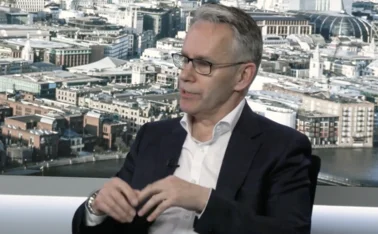
Insurance fraud: Survey reveals impact of economic downturn

Insurance fraud is a growing problem in troubled times. To shed light on the current challenges and opportunities faced by the industry, Insurance Post collaborated with LexisNexis Risk Solutions to conduct its annual fraud survey. Izabela Chmielewska investigates the findings.
The economic downturn seen in the wake of the Covid-19 pandemic has dramatically affected the insurance industry, leading to various challenges in combatting fraud. Worsening conditions have prompted
Only users who have a paid subscription or are part of a corporate subscription are able to print or copy content.
To access these options, along with all other subscription benefits, please contact info@postonline.co.uk or view our subscription options here: https://subscriptions.postonline.co.uk/subscribe
You are currently unable to print this content. Please contact info@postonline.co.uk to find out more.
You are currently unable to copy this content. Please contact info@postonline.co.uk to find out more.
Copyright Infopro Digital Limited. All rights reserved.
As outlined in our terms and conditions, https://www.infopro-digital.com/terms-and-conditions/subscriptions/ (point 2.4), printing is limited to a single copy.
If you would like to purchase additional rights please email info@postonline.co.uk
Copyright Infopro Digital Limited. All rights reserved.
You may share this content using our article tools. As outlined in our terms and conditions, https://www.infopro-digital.com/terms-and-conditions/subscriptions/ (clause 2.4), an Authorised User may only make one copy of the materials for their own personal use. You must also comply with the restrictions in clause 2.5.
If you would like to purchase additional rights please email info@postonline.co.uk








